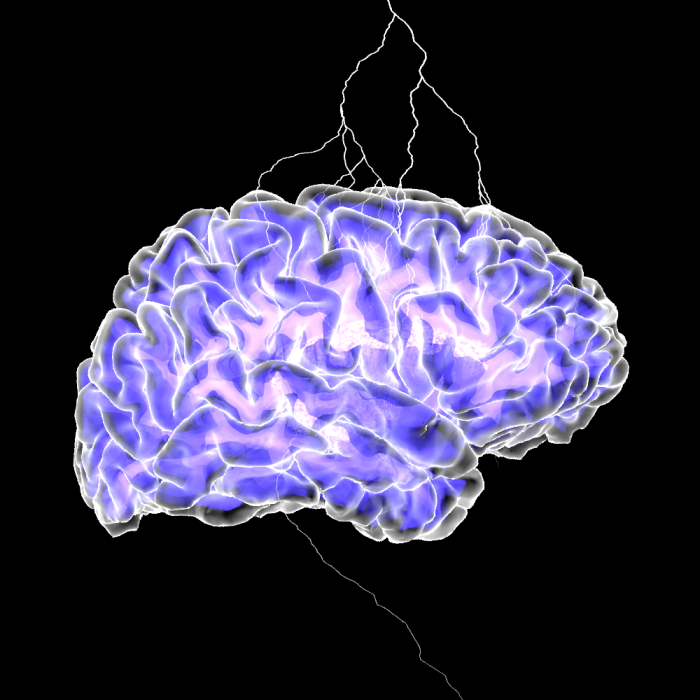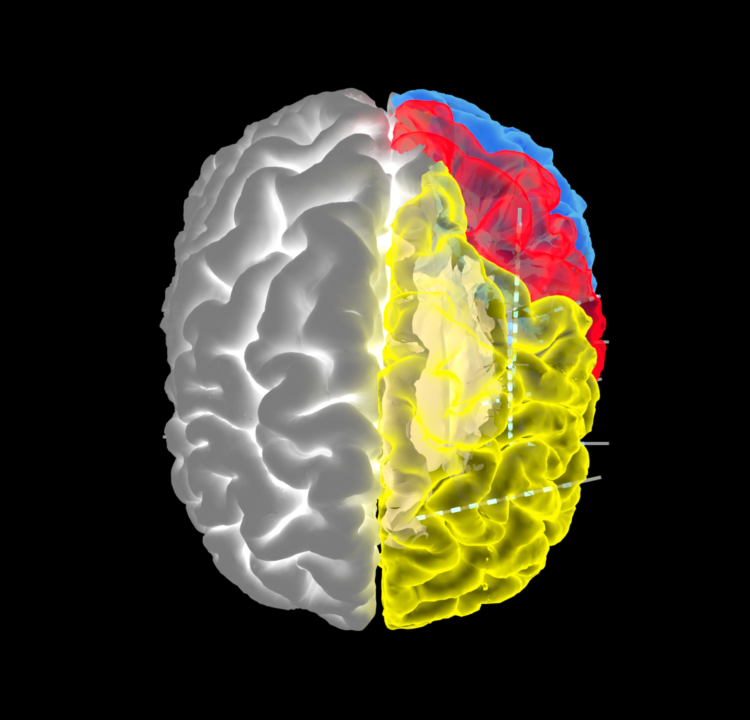
Neuromodulation of the human brain
Recent breakthroughs have demonstrated the utility of direct electrical stimulation as a therapeutic tool for brain disorders such as Parkinson’s, epilepsy, and OCD in hundreds of thousands of patients. We study how direct electrical stimulation affects the human brain, particularly from the level of single neurons to local field potentials. In understanding the neural mechanisms of electrical stimulation, we will be to derive novel, targeted, and mechanistically driven therapeutic approaches that could revolutionize stimulation-based treatment for patients and open up new therapeutic avenues for interacting directly with the human brain.
In addition to studying stimulation in the human brain, we have begun to share deidentified intracranial data onto the DABI website with the clinical and neuroscience community to encourage Open Science practices as well as allow for more discoveries in neuromodulation via stimulation and the human brain.
The data are located here using the iEEG BIDS format:
Publications
Nair DR et al.; “RNS System LTT Study. Nine-year prospective efficacy and safety of brain-responsive neurostimulation for focal epilepsy”. Neurology. 2020 Sep 1;95(9):e1244-e1256. doi: 10.1212/WNL.0000000000010154.
Basu I, Robertson MM, Crocker B, Peled N, Farnes K, Vallejo-Lopez DI, Deng H, Thombs M, Martinez-Rubio C, Cheng JJ, McDonald E, Dougherty DD, Eskandar EN, Widge AS, Paulk AC, Cash SS. “Consistent linear and non-linear responses to invasive electrical brain stimulation across individuals and primate species with implanted electrodes.” Brain Stimul. (2019); PMC30904423.
Basu I, Crocker B, Farnes K, Robertson MM, Paulk AC, Vallejo DI, Dougherty DD, Cash SS, Eskandar EN, Kramer MM, Widge AS. “A neural mass model to predict electrical stimulation evoked responses in human and non-human primate brain.” J Neural Eng. (2018); PMC30211694.

Measuring connectivity in the brain with direct electrical stimulation
Working with patients with epilepsy (N=11) who were undergoing intracranial recordings as a part of their clinical care for identifying seizure onset zones, in a study lead by Dr. Britni Crocker measured stimulation-induced brain connectivity and compared it with resting state structural, functional, and effective connectivity. We found that direct electrical stimulation networks can reflect both structural and functional types of connectivity in the human brain. Measuring these different types of connectivity can have entirely different implications for interpretation of brain function as well as understanding connectivity relative to clinical diagnoses. Article in the journal NeuroImage
We also examined brain responses to varying input parameters of single pulse direct electrical stimulation in the brains of individuals (N=52) with intractable epilepsy undergoing intracranial brain recordings as a part of their clinically indicated care to localize seizure onset zones in the brain. The video linked here details some of the results. Article available at: https://doi.org/10.1016/j.brs.2022.02.017
Video: https://youtu.be/D4VgnhQ6Cp0
Publications
Crocker B, Ostrowski L, Williams ZM, Dougherty DD, Eskandar EN, Widge AS, Chu CJ, Cash SS, Paulk AC (2021) Local and Distant responses to single pulse electrical stimulation reflect different forms of connectivity. Neuroimage 237:118094 Available at: https://www.sciencedirect.com/science/article/pii/S1053811921003712.
Paulk AC, Zelmann R, Crocker B, Widge AS, Dougherty DD, Eskandar EN, Weisholtz DS, Richardson RM, Cosgrove GR, Williams ZM, Cash SS (2022) Local and distant cortical responses to single pulse intracranial stimulation in the human brain are differentially modulated by specific stimulation parameters. Brain Stimul. Available at: https://doi.org/10.1016/j.brs.2022.02.017
